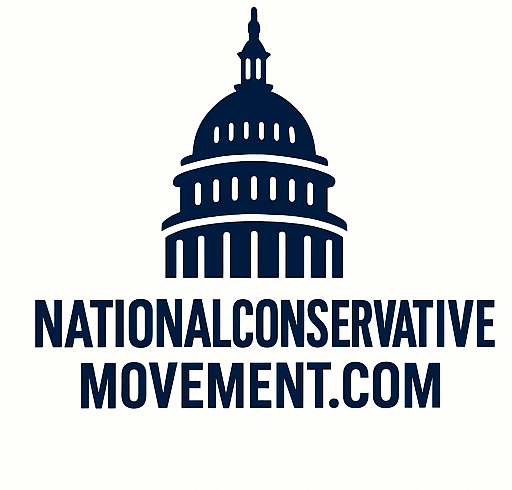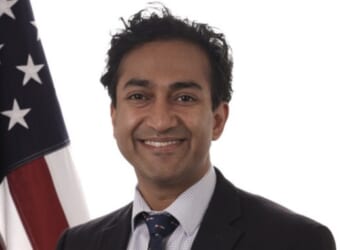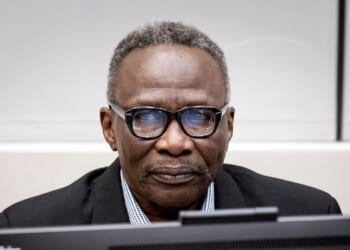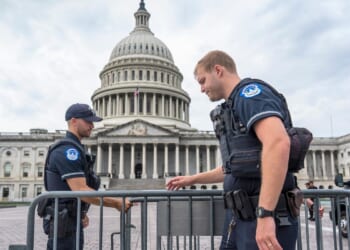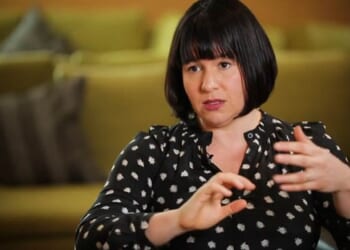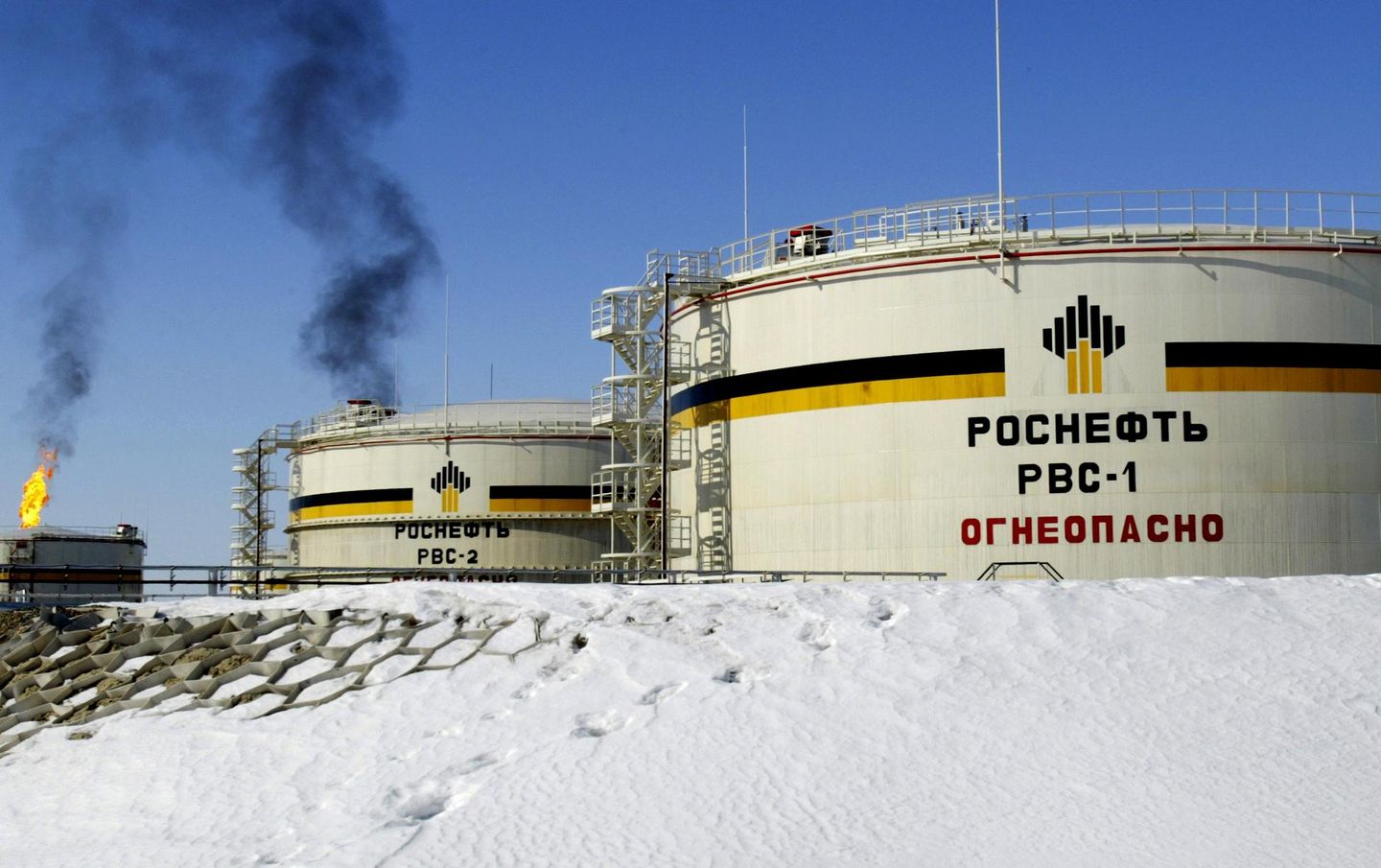
The Trump administration slapped sanctions on two of Russia’s largest oil companies Wednesday, citing the country’s “lack of serious commitment” to ending its war on Ukraine.
The sanctions target Russian companies Open Joint Stock Company Rosneft Oil Company and Lukoil OAO, along with subsidiaries of the companies.
“These are tremendous sanctions. These are very big,” President Trump said. “They’re against their two big oil companies, and we hope that they won’t be on for long. We hope that the war will be settled.”
“I just felt it was time. We’ve waited a long time,” he said in the Oval Office, where he was meeting with NATO Secretary-General Mark Rutte.
Treasury Secretary Scott Bessent called the sanctions a “substantial pickup” of the pressure on Russian President Vladimir Putin.
“Now is the time to stop the killing and for an immediate ceasefire,” Mr. Bessent said in a statement announcing the sanctions. “Treasury is prepared to take further action if necessary to support President Trump’s effort to end yet another war. We encourage our allies to join us in and adhere to these sanctions.”
The announcement comes a day after Mr. Trump called off a planned meeting in Hungary with Mr. Putin.
Mr. Trump said that having a meeting with Mr. Putin “didn’t feel right.”
“It didn’t feel like we were going to get to the place we have to get,” he said. “So, I canceled it, but we’ll do it in the future.”
The new sanctions also follow Ukrainian President Volodymyr Zelenskyy saying that Russian drone strikes overnight Tuesday killed at least six people, including two children. Mr. Zelenskyy also said that Russian drones hit a kindergarten in Kharkiv.
In the Oval Office, Mr. Rutte voiced agreement with Mr. Trump about tightening sanctions on Russia.
“It’s all about changing the calculus, making sure that Putin understands that the president’s vision this weekend of having a ceasefire — stop where they are, as you literally said — that this has to be step one now, and for him to really accept that vision and to come to the table and then you have to put pressure,” Mr. Rutte said. “And this is exactly what you did today.”
Mr. Rutte, a Dutch politician, met with senators on Capitol Hill ahead of his meeting with Mr. Trump. He said Mr. Trump is “the only one” who can secure a peace agreement between Russia and Ukraine.
“I have total confidence in President Trump. He’s the only one who can get this done,” Mr. Rutte told reporters.
He said his visit to the White House should not be seen as a signal that Mr. Trump’s meeting last week with Mr. Zelenskyy was a disaster.
“This was already planned,” he said. “I was texting with the president after an enormous success in Gaza, and we said, ‘Hey, let’s have a meeting in Washington to discuss how we now can deliver his vision of peace in Ukraine.’”
Mr. Rutte said he thought Friday’s meeting with Mr. Zelenskyy, who came to Washington to request U.S.-made Tomahawk missiles but left empty-handed, was a “good [and] successful meeting.”
Mr. Trump had spoken on the phone with Mr. Putin a day before he met with the Ukrainian leader.
“It’s exactly what we need,” he said. “The American president, who broke the deadlock with Putin in February, took that leadership role which only he can and he is delivering and I’m really commending him for that.”
Mr. Rutte said that “we will build” on the meeting Mr. Trump had with Mr. Zelenskyy.
After the meeting with Mr. Zelenskyy on Friday, Mr. Trump said it was time to “stop the killing, and make a DEAL.”
“Enough blood has been shed, with property lines being defined by War and Guts. They should stop where they are,” he wrote on social media.
Mr. Rutte agreed with that sentiment, saying, “It sounds simple, but of course is also exactly right.”
He also said that “in the future there will be many more discussions with the leaders of Ukraine and of Russia in whatever format in whatever setting to deliver peace.”
On Wednesday, the president also explained his decision not to supply Ukraine with Tomahawk missiles. He said it would take too long — six months to a year — to train the Ukrainian military to use the long-range missiles.
“They’re highly complex, so the only way a Tomahawk is going to be shot is if we shot it, and we’re not going to do that,” he said. “But there is a tremendous learning curve with a Tomahawk. It’s a very powerful weapon, very accurate weapon, and maybe that’s what makes it so complex.”
